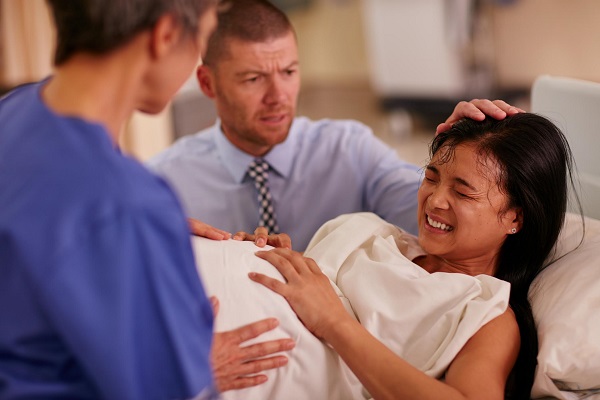Perineal tearing sounds like a scary term, especially for mums coming closer to their due date. But before we jump to conclusions it’s important we get the facts. Here’s what we know about perineal tearing.
What is it?
A perineal tear is a tear of the tissue between the vagina and the anus, occurring when your baby comes into the world through a vaginal birth.
Tears or lacerations are classified into
Superficial tears – these involve the skin of the perineum and the tissue around the opening and outermost layer of the vagina. It does not include any muscle tearing. Stitches are often not needed for these tears, and usually, they heal quickly and cause little to no discomfort.
Second-degree lacerations – these tears are deeper and go into the muscles underneath. They require stitching to heal and will cause you some discomfort while they heal over the course of a few weeks. The stitches will dissolve as the tissue heals.
Only about 4 per cent of women giving birth would suffer a tear more serious than those listed above. These are classified into third-degree laceration and a fourth-degree tear.
Third-degree lacerations – A third-degree laceration is a tear in the vaginal tissue, perineal skin, and perineal muscles that extend into the anal sphincter (the muscle that surrounds your anus). Fourth degree – A fourth-degree tear goes through the anal sphincter and the tissue underneath it.
READ: Are doctors too quick to tell women they’re having a big baby?
When does it occur?
Tears often occur in women who have not experienced vaginal birth before.
Who is most at risk for a third or fourth-degree tear?
Women are at most risk for a third or fourth-degree tearing if:
- This is their first vaginal delivery
- They have previously given birth vaginally and suffered and third or fourth degree tearing
- You have an assisted delivery – particularly when forceps are used
- You have an episiotomy or had one in a previous delivery
- Your baby is big
- Your baby is born facing upwards
- You are pushing in labour for longer than is usual
If you have any questions or concerns about perineal tearing please don’t hesitate to contact your consultant, GP or medical care team.
maternity&infant
